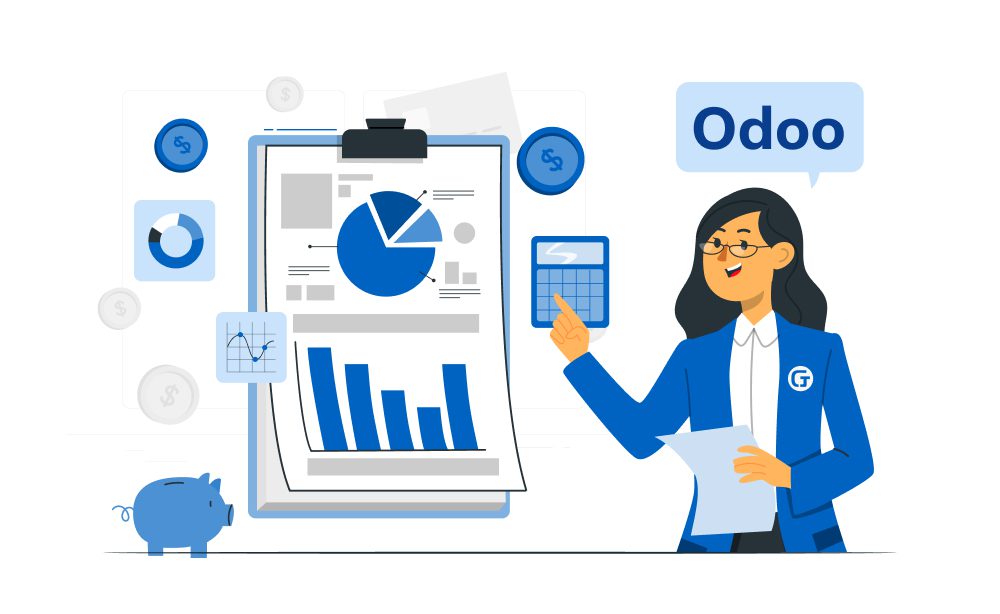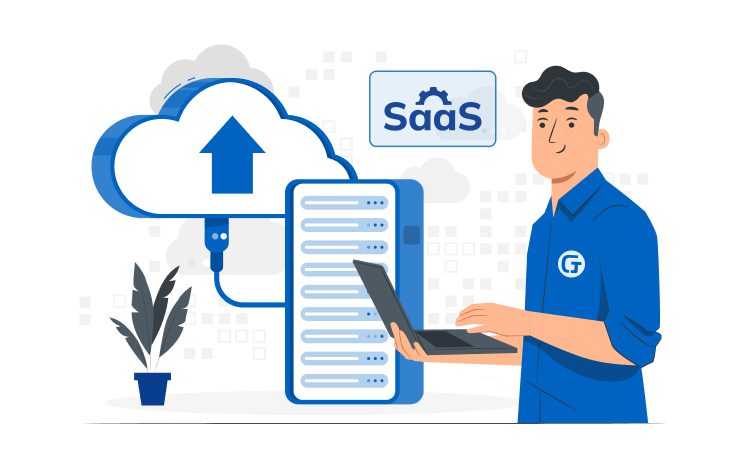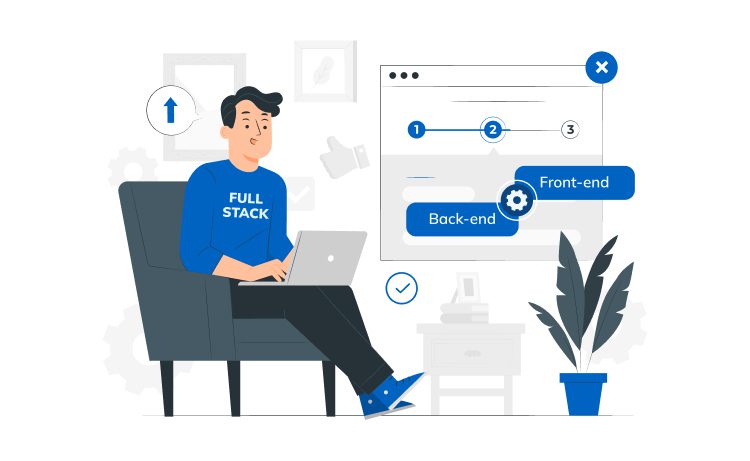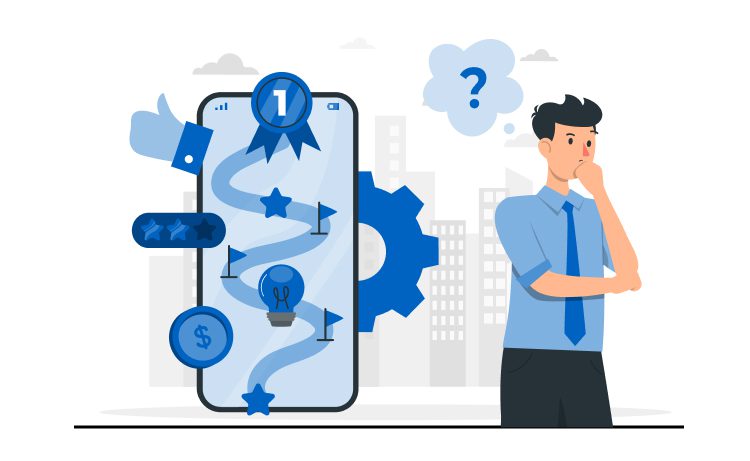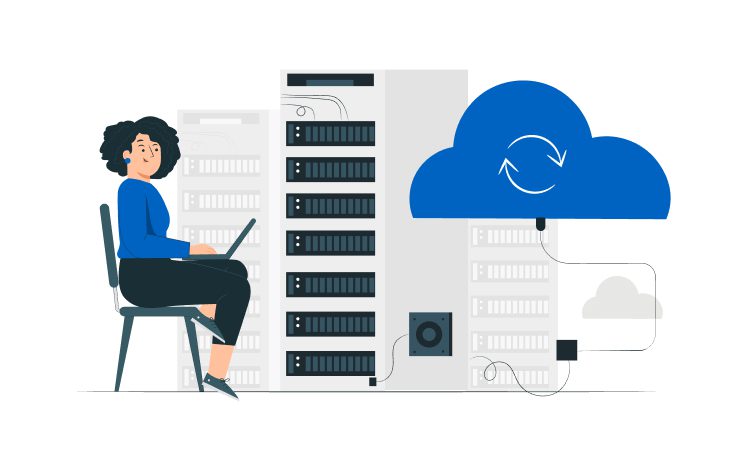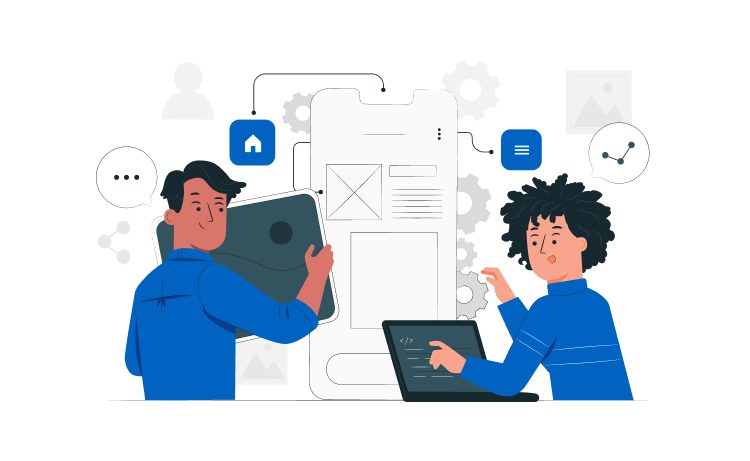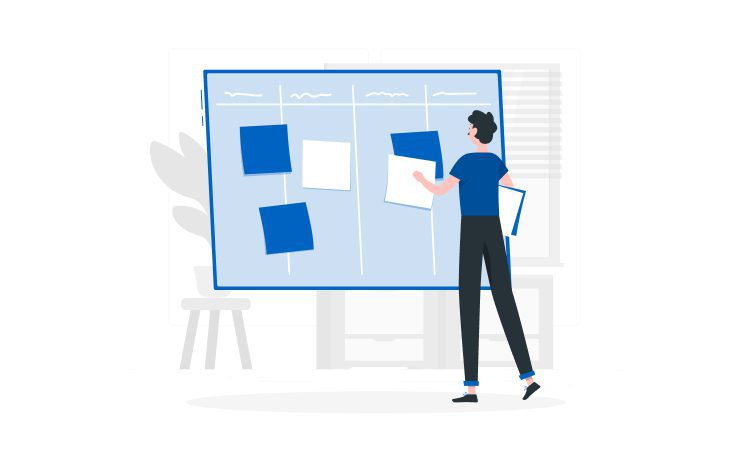
7 Best Software Development Models You Should Know



Software development Life Cycle (SDLC) means all the works related to building and maintaining an IT product. It begins when a client needs a digital solution and continues until the developer stops supporting it.
To choose the most suitable SDLC Model, you need to take into account:
But even if all the terms are met, it may be difficult to understand whether the result will satisfy the customer’s requests. So, focusing on high speed of work, you risk paying insufficient attention to the quality of the final product. And being too passionate about intermediate testing will affect the cost and duration of the project.
We must say there is no perfect model. Each project requires a different approach, so when choosing how you’ll organize the workflow, remember your main goal: to release a product that completely meets the customer’s requests.
Let’s move on to the SDLC Models used by modern developers. We’ll also talk about how they correspond with various types of software.
Content

All the SDLC models can be grouped depending on the method of the team’s work (linear or iterative), the customer’s involvement, and the possibility of making changes (classic and Agile).
Models with a linear or sequential technological process are:
Models with an iterative approach:
In terms of the cooperation with a customer and the possibility to customize a project, Scrum and Kanban allow both parties to interact closely and make an unlimited number of changes to the project.
Let’s take a closer look at the classic models and figure out which applications each is best suited for developing.
The model’s name hints at the principle behind this method. Work in this model is divided into stages:
Strict order must be observed. The results obtained at the end of each stage should be recorded in reports.
Advantages:
Disadvantages:
Considering the above factors, it is better not to use this software development model for large-scale projects as they require clearly described requirements, a fixed budget, and a definite technology stack. These can be websites for small and medium-sized businesses or projects for government agencies that require more control over the observance of norms and standards
While it is another example of a sequential model, it differs from the previous one: each period of linear development ends with a quality check of the work performed.
The main advantage:
Disadvantages:
This SDLC model is suitable for developing projects where attention to detail is critical and delays are prohibited. For example, software for the medical and transportation sectors.
The work is divided into iterations, i.e., repeating steps. Each of them is like an independent mini-project.
When it comes to the incremental model, the phased delivery of individual software components is provided without changing the previous ones. Based on project requirements, you can choose between linear or parallel working methods. The model also implies improving the product during each iteration.
Advantages:
Disadvantages:
Incremental and iterative software development models are used in large corporate businesses. For this model to justify itself, the main condition must be met: the application components should not be closely related to each other. Microservices are an example of such software.

Prototype-based software development requires creating a simplified copy (prototype) of a future full-fledged application before starting work. It helps to distinguish what the client wants. When the prototype is ready, it is tested and refined, considering all users’ requirements.
Benefits:
Disadvantages:
This SDLC model is suitable for applications in which a significant part of the work is creating UI/UX. The reason is the customer’s subjective idea of the final version of the software. Sometimes it is difficult to understand it without preliminary visualization.
This model, like the previous one, also relies on preliminary prototyping. But if the main benefit of that prototype model in SDLC is quick project implementation, the average iteration in the spiral model lasts up to six months and includes the following stages:
Advantages:
Disadvantages:
This time-consuming and costly model is suitable when it is necessary to create an innovative solution with increased complexity and ambitious requirements. For example, building an application to bring new products to the consumer market.
Software Development Models presented in this section are guided by the principle of flexibility. The Agile group hallmarks are dividing processes into iterations, total immersion of the client in the workflow, and frequent checks of user feedback.
Developers who adhere to the Agile methodology closely interact both within the team and with clients. At the end of each iteration (lasting from one day to several weeks), the participants evaluate the work done and draw up an action plan for the next iteration.
Advantages of Agile models:
Their disadvantage:
However, Agile models are prevalent among today’s IT professionals. According to PMI, 71% of companies have experience applying an agile approach to software development.
Agile Software Development Models are great for startups and big projects requiring phased work. This methodology has proven itself well in building medium-sized solutions that cannot be clearly correlated with any popular development approaches.
There are many Agile SDLC Models on the market today. Let’s consider the 2 most often used in practice.
One of the most common Agile models. According to statistics, it is used by 94% of Agile developers.
Scrum iterations last from 1 week to a month. They are called sprints. To summarize the results of each sprint, a team analyzes the results of the work and plans the next period.
A feature of this model is no division of the workflow into periods. There may be no sprints at all, or they may last only 1 day. Instead of iteration, the team’s work is based on visual planning.
All tasks are placed on the board. It helps developers prioritize the essential ones, change the project at any time, and report to the client. However, the lack of a clear action plan may complicate the implementation of large-scale projects.
A wide range of software development models allows professionals to develop applications for any business. It is better to choose the optimal model based on your own experience since the opinion about the efficiency of a particular model is subjective.
There are many factors affecting it, for example, the project’s specifics, the tasks set, and the team of performers. GloriumTech can help you with selecting a model. To choose the most suitable one, you may contact our manager and clarify any issues.

